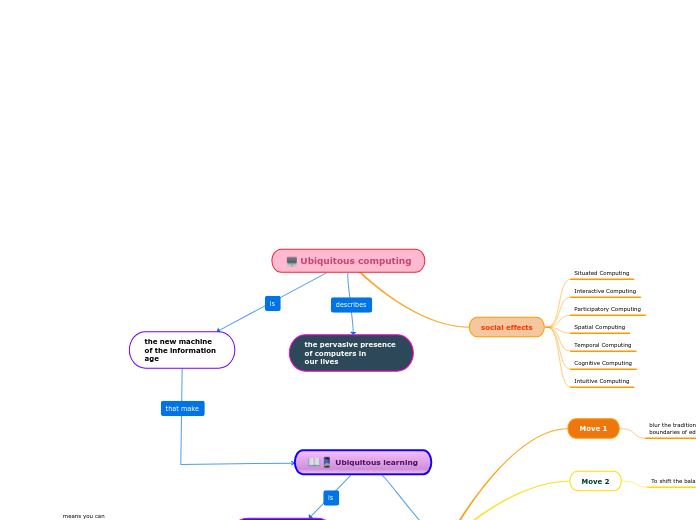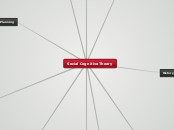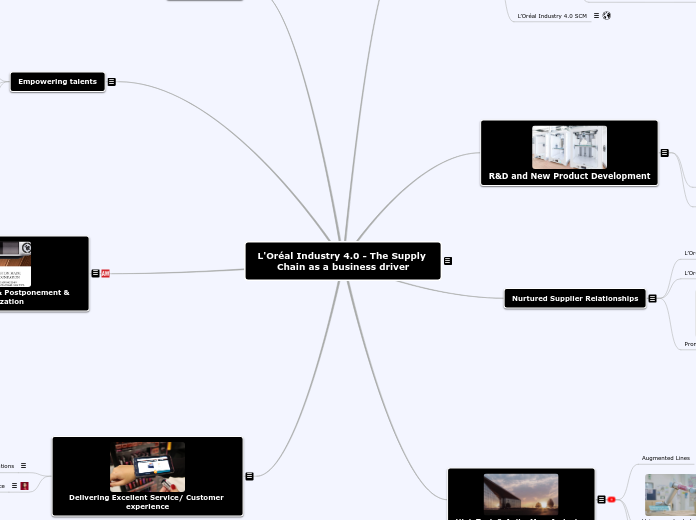jonka Laura Daniela 4 vuotta sitten
430
Ubiquitous computing
The integration of laptops in classrooms represents a shift towards ubiquitous learning, characterized by several key moves: blurring traditional educational boundaries, recognizing learner differences, and fostering collaborative knowledge cultures.









